Movie
Who is Michael Myers?
Michael Myers is a fictional character who has become an iconic figure in the horror genre. Originating from the classic 1978 film “Halloween” directed by John Carpenter, Michael Myers has evolved into a symbol of fear, obsession, and the embodiment of pop culture.
The Emergence of an Icon
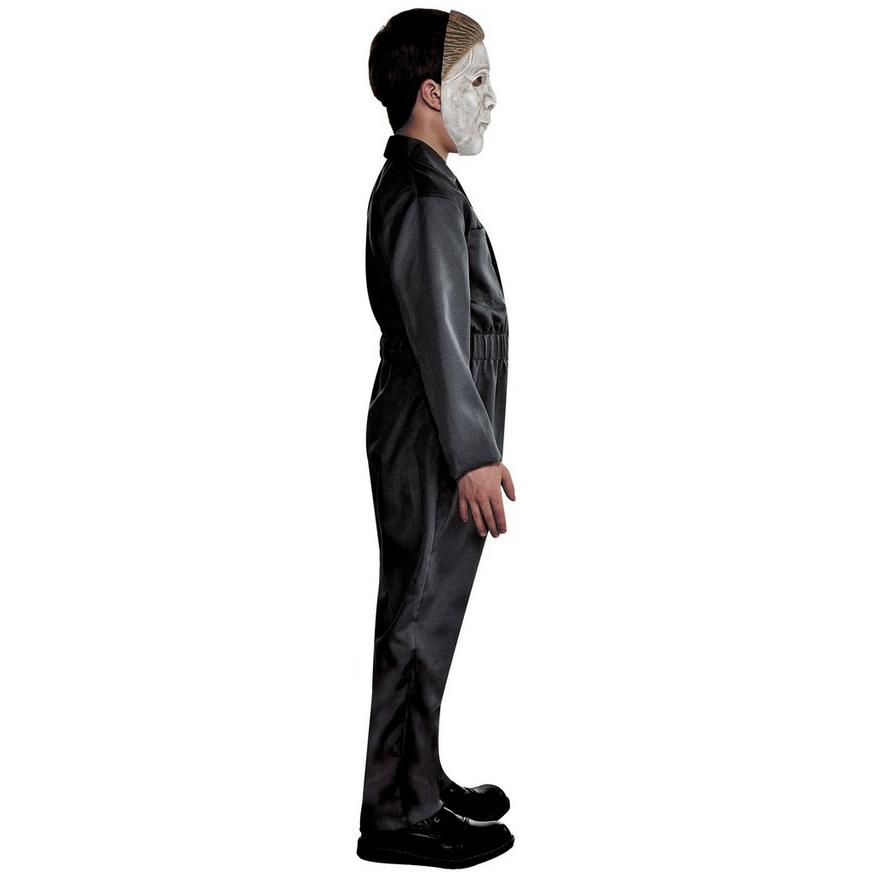
Michael Myers first appeared on the silver screen in 1978, brought to life by John Carpenter’s vision. As a silent, masked killer with a relentless pursuit, Michael Myers quickly captured the imagination of audiences and cemented his place as one of the most recognizable horror villains of all time.
The Chilling Presence of Michael Myers
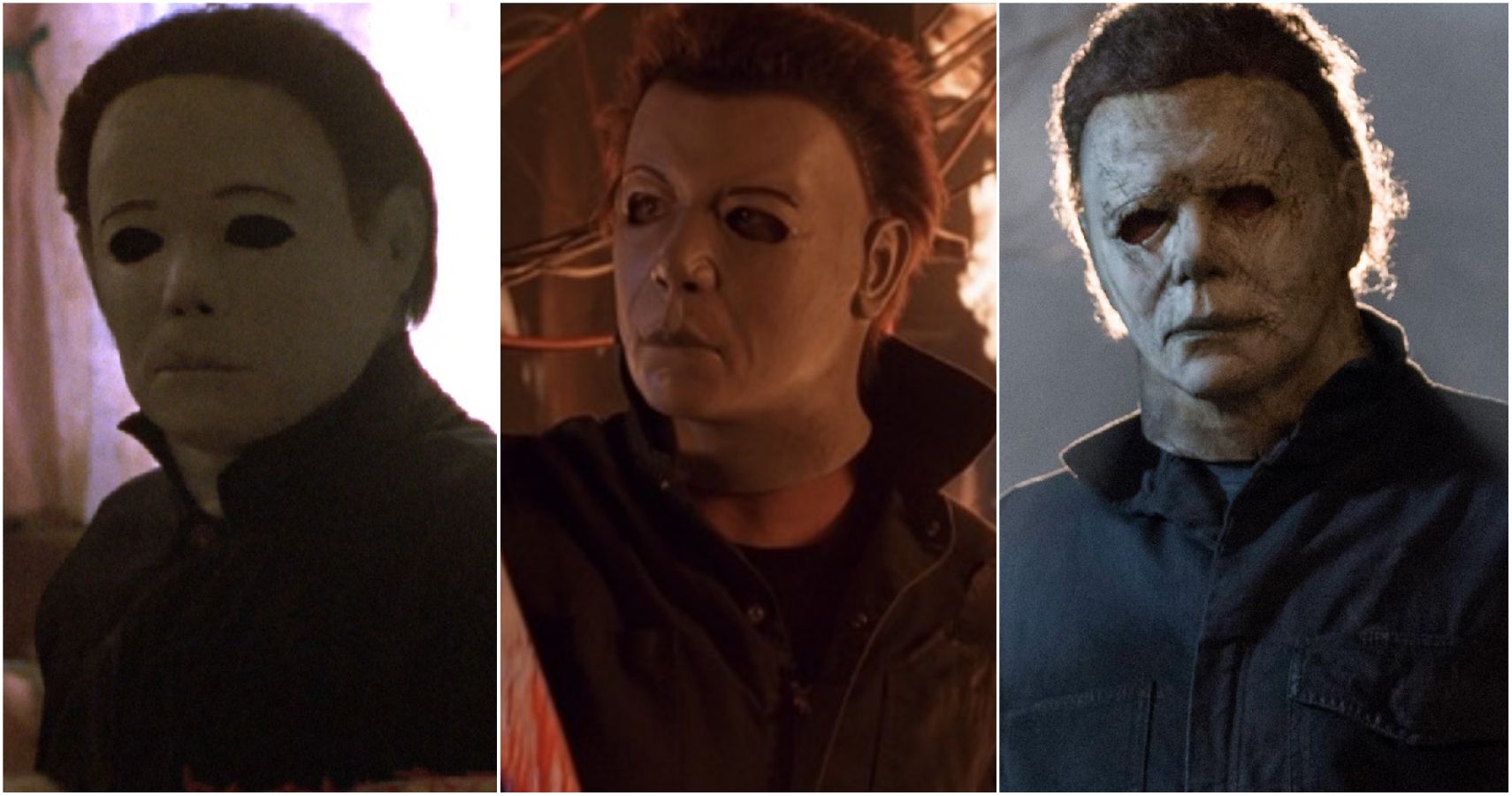
The character’s distinctive white mask and stoic demeanor create an unnerving presence that haunts the viewer’s mind. Unlike many other horror antagonists, Michael Myers is devoid of emotion and driven by an uncomprehensible, pure evil. This lack of motivation or explanation for his actions adds to the sense of dread and the inability to rationalize his behavior.
The Psychology of a Killer
According to the character’s backstory, Michael Myers is a profoundly disturbed individual who committed a heinous act of murder as a child. This traumatic event, and the subsequent confinement in a psychiatric hospital, have shaped his warped psyche. The character’s lack of empathy and disregard for human life reflect the darkest depths of the human condition, challenging the audience’s understanding of what drives someone to commit such atrocities.
The Enduring Legacy of the Franchise
The “Halloween” franchise, with Michael Myers at its core, has endured for over four decades, spanning numerous sequels and reboots. This longevity is a testament to the character’s enduring appeal and the ability of the filmmakers to reinvent and adapt the story for new generations of viewers. Each iteration of the franchise explores different facets of Michael Myers, allowing audiences to delve deeper into the complexities of his character and the themes of evil, obsession, and the nature of humanity.
The Iconography of Michael Myers
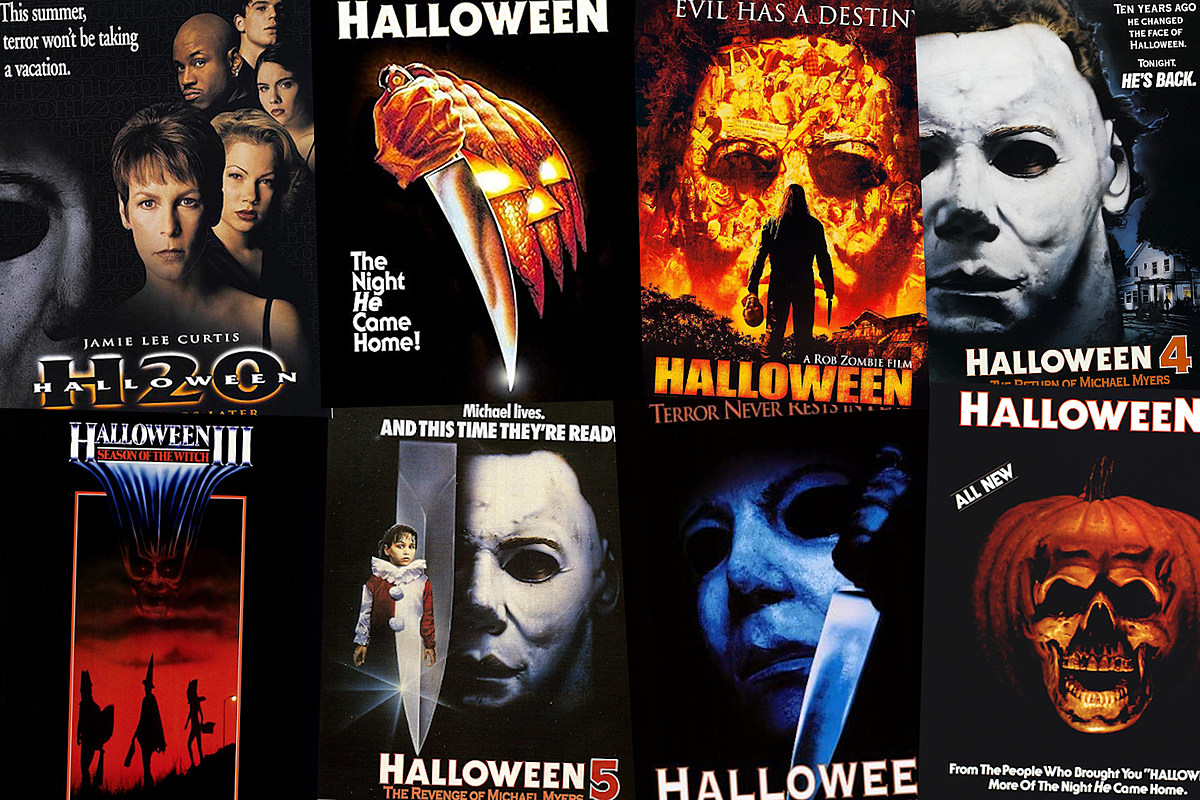
Michael Myers’ distinct appearance and mannerisms have become deeply embedded in pop culture, transcending the boundaries of the films themselves.
The Iconic Mask
The most recognizable element of Michael Myers’ persona is his chilling white mask, which has become a symbol of horror and evil in its own right. The mask, with its vacant expression and lifeless stare, removes any trace of humanity from the character, transforming him into a universal representation of the unknown and the unnatural.
The Stalking Presence
Michael Myers’ methodical, relentless pursuit of his victims is a key aspect of his on-screen presence. His slow, deliberate movements and the sense of inevitability that surrounds him create a palpable tension and a heightened sense of dread for the audience.
The Imposing Physicality
The sheer physical presence of Michael Myers, embodied by his towering stature and broad-shouldered frame, adds to the character’s intimidating and menacing nature. This physicality, combined with his seemingly supernatural ability to withstand damage, further enhances the sense of helplessness and the futility of attempting to stop him.
The Evolution of Michael Myers
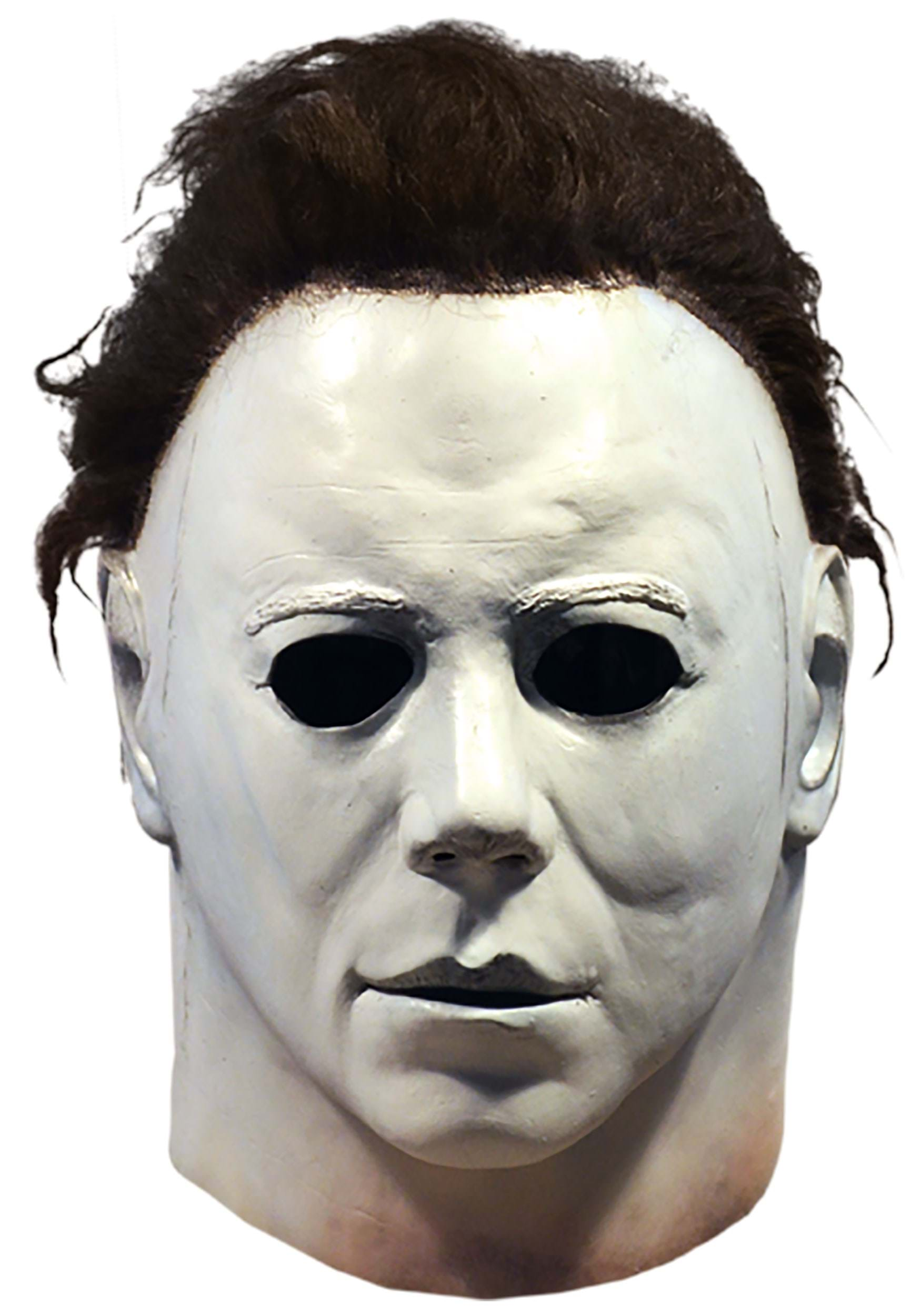
As the “Halloween” franchise has progressed, the character of Michael Myers has undergone various transformations, reflecting the changing societal and cultural landscapes.
The Shifting Motivations
In the original “Halloween” film, Michael Myers’ actions were shrouded in mystery, with no clear motive or explanation for his murderous rampage. However, subsequent installments in the franchise have attempted to delve deeper into the character’s psyche, exploring his childhood trauma, the role of mental illness, and the familial ties that shape his obsession.
The Expanding Mythology
Over the course of the “Halloween” films, the mythology surrounding Michael Myers has grown increasingly complex. From his supernatural abilities to his apparent immortality, the character has been imbued with a sense of the otherworldly, blurring the lines between human and supernatural.
The Societal Reflections
As the “Halloween” franchise has evolved, the character of Michael Myers has been used as a vessel to explore broader societal issues and anxieties. The films have tackled themes such as the fear of the unknown, the breakdown of social structures, and the ongoing struggle to comprehend the nature of evil.
Michael Myers vs. Other Iconic Horror Villains
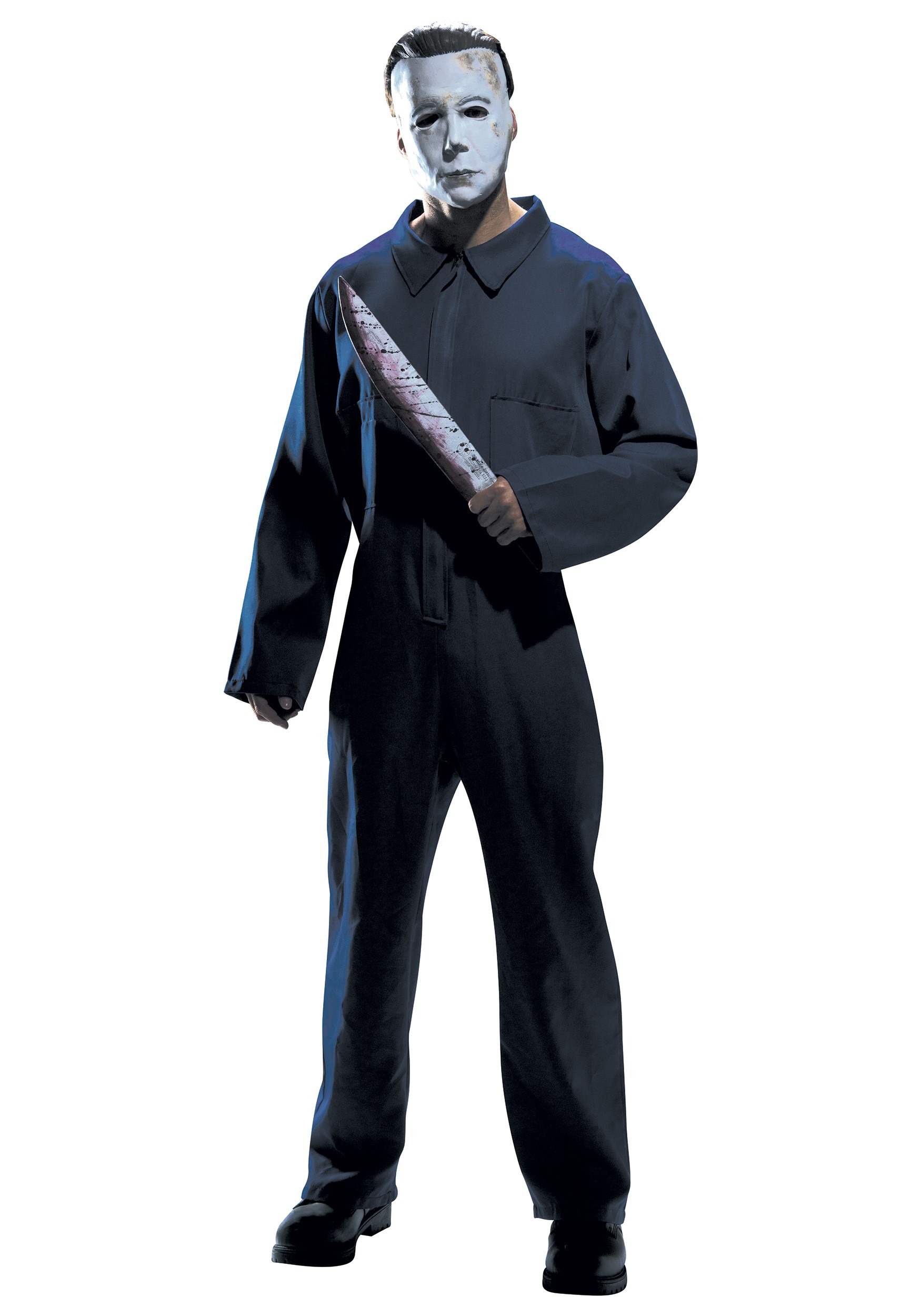
In the pantheon of horror icons, Michael Myers is often compared and contrasted with other legendary antagonists, such as Jason Voorhees from the “Friday the 13th” franchise.
The Differences in Motivation and Backstory
While Jason Voorhees is driven by a clear sense of revenge and a traumatic past, Michael Myers’ motivations remain more enigmatic and deeply rooted in the concept of pure evil. This distinction shapes the way the characters are perceived and the level of empathy (or lack thereof) that the audience can develop towards them.
The Contrasting Approaches to Terror
Jason Voorhees is often depicted as a physically imposing and brutal killer, relying on graphic violence and overt displays of aggression. In contrast, Michael Myers’ approach to terror is more subtle and psychological, utilizing his silent, methodical presence to instill a sense of dread and helplessness in his victims and the audience.
The Impact on Pop Culture
Both Michael Myers and Jason Voorhees have left an indelible mark on the horror genre and pop culture as a whole. However, the cultural significance of Michael Myers, as a symbol of the unknowable and the inherent darkness within the human psyche, has arguably had a deeper and more lasting impact on the collective consciousness.
Michael Myers’ enduring legacy as one of the most iconic horror villains of all time speaks to the enduring power of the character and the themes he represents. From his chilling presence and enigmatic persona to the way he has been used to explore the darkest aspects of the human condition, Michael Myers continues to captivate and terrify audiences, cementing his place as a timeless figure in the horror genre.
